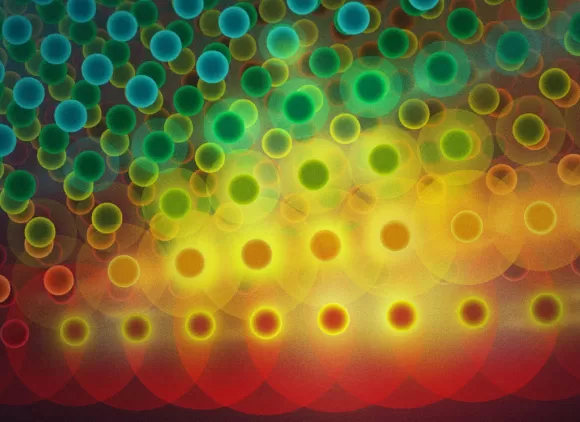About the series
CISE Distinguished Lecture
Thursday, October 11th, 2007 at 10:00am, Rm. 110*
Computational Photography: A New Application of Computing
Dr. Marc Levoy
Stanford University
§§§
Abstract:
The explosive growth of digital photography, combined with increasing speed and decreasing size of computers, has led to the birth of a new application of computing, as the title of this talk suggests. Broadly speaking, computational photography refers to sensing strategies and algorithmic techniques that enhance or extend the capabilities of digital photography. The output of these techniques is an ordinary photograph, but one that could not have been taken by a traditional camera. Representative techniques include high dynamic range imaging, flash-noflash imaging, coded aperture and coded exposure imaging, photography under structured illumination, multi-perspective and panoramic stitching, digital photomontage, all-focus imaging, and light field imaging.
Over the past five years, interest in this new field among graphics and vision researchers has soared. So what is this new field? Who are its practitioners? What are its grand challenges? And is it strategically important that the National Science Foundation fund research in it? In this talk, I will try to answer these questions. I will also survey some of the principal results of computational photography, as published in recent graphics and vision conferences and journals. In my own laboratory at Stanford, we have been building devices to capture light fields. These devices range in scale from large arrays of cameras to microscopes whose images you can refocus after they are captured. I will summarize this work as well, but only briefly.
I will end by arguing that, just as CAD/CAM and visualization were the driving markets for computer graphics industry in the 1970s and 1980s, and entertainment and gaming are the driving markets today, the driving markets 10 years from now will be consumer digital photography and video. The United States does not dominate this industry, but for reasons I will describe in my talk, computational photography has the potential to change this balance. I will also argue that, since many of the techniques of computational photography are applicable to imaging in the basic sciences and medicine, fostering growth in computational photography will directly benefit U.S. dominance in science.
§§§
Bio:
Marc Levoy is a Professor of Computer Science and (jointly) Electrical Engineering at Stanford University. He received a Bachelor's and Master's in Architecture from Cornell University in 1976 and 1978, and a PhD in Computer Science from the University of North Carolina at Chapel Hill in 1989. In the 1970's Levoy worked on computer animation, developing an early computer-assisted cartoon animation system. This system was used by Hanna-Barbera Productions from 1983 until 1996 to produce The Flintstones, Scooby Doo, and other shows. In the 1980's Levoy worked on volume rendering, a family of techniques for displaying sampled three-dimensional functions, for example computed tomography (CT) or magnetic resonance (MR) data. In the 1990's he worked on technology and algorithms for digitizing three-dimensional objects. This led to the Digital Michelangelo Project, in which he and a team of researchers spent a year in Italy digitizing the statues of Michelangelo using laser scanners. His current interests include light field sensing and display, computational imaging, digital photography, and applications of computer graphics in biology. Awards: Charles Goodwin Sands Medal for best undergraduate thesis (1976), National Science Foundation Presidential Young Investigator (1991), ACM SIGGRAPH Computer Graphics Achievement Award (1996). Levoy was Program Chair of SIGGRAPH 2007.
* If you would like to arrange a meeting with Dr. Levoy, please contact Dawn Patterson (ext. 7097).


